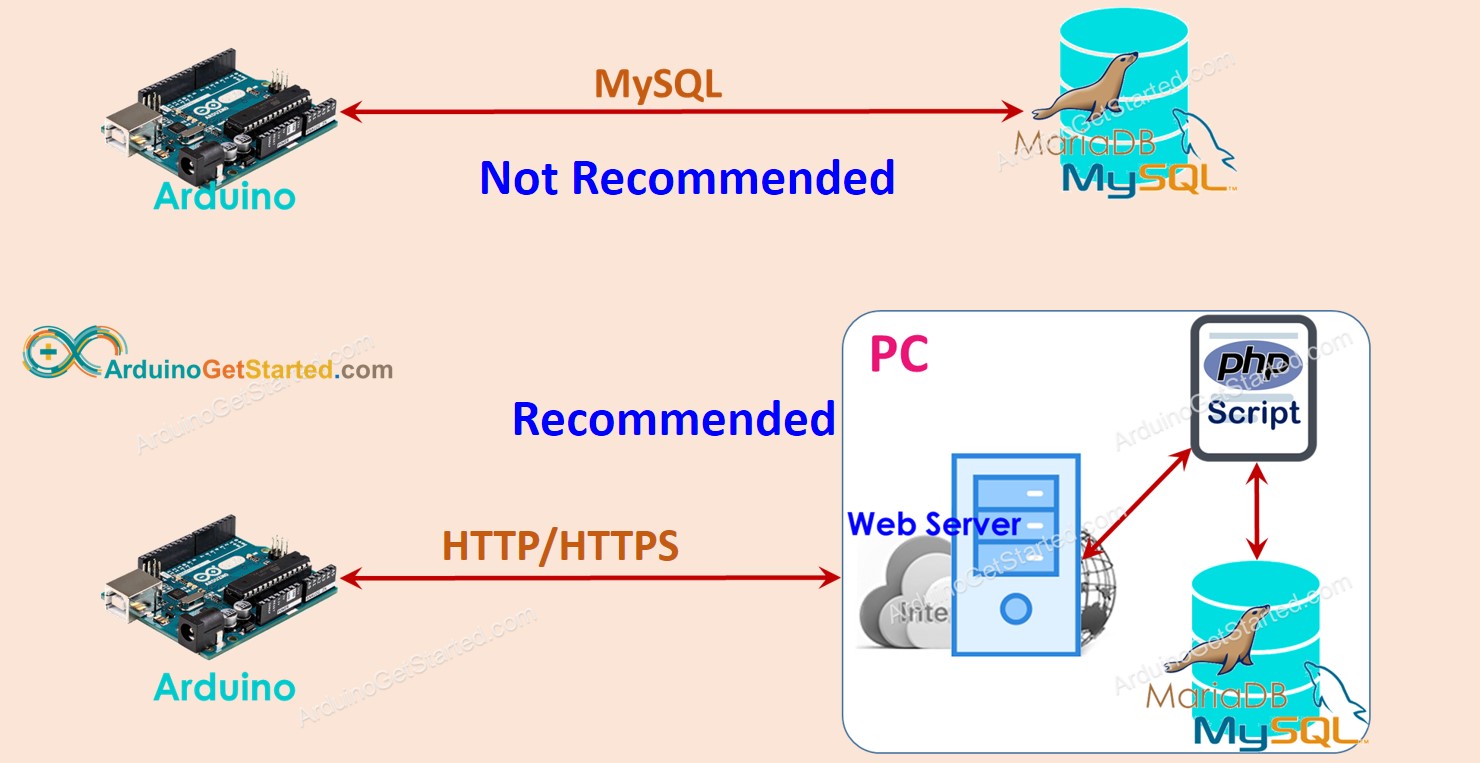
- ARDUINO COMMUNICATE WITH COMPUTER WIRELESSLY HOW TO
- ARDUINO COMMUNICATE WITH COMPUTER WIRELESSLY INSTALL
- ARDUINO COMMUNICATE WITH COMPUTER WIRELESSLY SERIAL
- ARDUINO COMMUNICATE WITH COMPUTER WIRELESSLY SOFTWARE
- ARDUINO COMMUNICATE WITH COMPUTER WIRELESSLY PC
ARDUINO COMMUNICATE WITH COMPUTER WIRELESSLY SERIAL
This lets you send commands wirelessly to your Arduino from the computer, either using the serial monitor in the Arduino IDE or your own applications if you want to code your own. You might’ve used serial communication when connected to the computer via USB, but these pins allow another way to communicate with the Arduino without being physically connected. These pins are used for serial communication, with the TX pin being used for transmission, and the RX pin is used for receiving.

The module uses two lesser-used pins on the Arduino: the TX and RX pins. With just a few wires, you can connect a Bluetooth module and control your Arduino wirelessly. In order to add Bluetooth capability to an Arduino project, you’ll need a separate module like the HC-05 we’ll be using in this guide. While a few Arduino boards come with Bluetooth modules built in-for example, the Arduino BT-most don’t.
ARDUINO COMMUNICATE WITH COMPUTER WIRELESSLY HOW TO
In this guide, we’ll show how to connect your Arduino board to a Windows computer using a Bluetooth module.
ARDUINO COMMUNICATE WITH COMPUTER WIRELESSLY SOFTWARE
With a simple module, you can add Bluetooth connectivity to your Arduino board and communicate with software you write yourself and make your projects even more advanced. Total cost: $30 for the Arduino.Arduino projects make it possible to build your own custom electronics, but that doesn’t mean they can’t interact with your regular gadgets like your laptop or phone. I think I'd recommend an Arduino and Processing. Total cost: probably the cost of a new PC. You replace your BIOS with a version of OpenBIOS that has been modified to display a green circle on the screen, and never boot any operating system. You replace the power button on your computer with the button in question, and the power LED with the LED in question.
ARDUINO COMMUNICATE WITH COMPUTER WIRELESSLY PC
Total cost: free, if you can find a PC old enough.

Based on the data returned, it makes calls into a C graphics library that does the appropriate screen drawing. You connect the LED and the button to pins on the parallel port and then write a program in C that reads address 0x378.
ARDUINO COMMUNICATE WITH COMPUTER WIRELESSLY INSTALL
You could find an old PC with a parallel port and install Ubuntu Linux on it. A webpage auto-refreshes using the jQuery timer plugin, and updates an image on the screen based on the value in the database. When it detects a change in the region of the image near the button, it looks at the color of the pixels in the LED region and updates a value in a database. A program written in Ruby is analyzing every image coming from the webcam, comparing it to the previous image. You could attach a webcam to your PC that watches your LED and the button. Total cost: $150 for a Bluetooth Arduino. A program written in Python listens to the Bluetooth card and draws the appropriate picture on the screen with the Pygame library. The Arduino talks over a Bluetooth chip to a Bluetooth card in your PC. You could buy a Bluetooth Arduino with a prototyping shield. Total cost: $20 for some chips and a breadboard. On your computer, a program written in Processing watches the USB port and updates the pictures on the screen.

Whenever the button is pressed, the PIC16F84A sends a character through a FTDI serial chip to a USB port on your computer. You could program a small microcontroller like a Microchip PIC16F84A to watch the button and the LED. There are quite a few different ways you could achieve this.

I am not looking for a solution to implement this thing, but want to know how this communication between my circuit and the computer can be achieved, in a simple, inexpensive way, overĪnd if you could suggest where I should look and what I should learn to get started with my electronics project, that would be of great help. This a hypothetical situation I have described to explain the problem. If the LED is on, the black circle should turn green, else it should turn black.


 0 kommentar(er)
0 kommentar(er)
